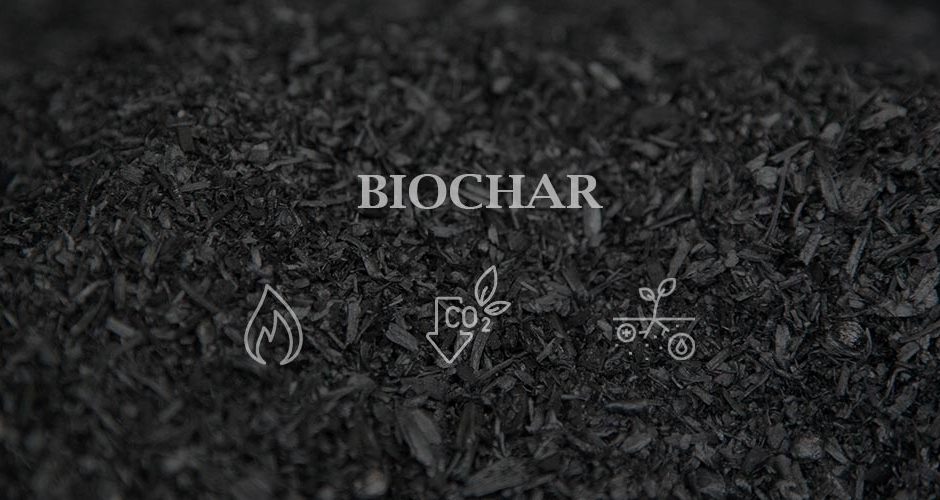Charcoal remains a versatile biofuel whose calorific value depends largely on the feedstock and the conversion technology applied. The development of advanced pyrolytic systems has enabled precise processing of varied biomass types, resulting in charcoals with distinct energy profiles. Equipment such as the wood charcoal machine, sawdust charcoal machine, coconut shell charcoal machine, and rice hull carbonizer each generate fuels optimized for particular applications. Comparing the energy output from these sources provides insight into their role in sustainable energy strategies.
Charcoal from Wood Residues
Wood remains the benchmark feedstock for traditional and industrial charcoal production. A wood charcoal machine transforms hardwood and softwood residues into high-density fuel with an average calorific value ranging from 28 to 33 MJ/kg. Hardwood-derived charcoal generally exhibits higher fixed carbon content, making it suitable for metallurgical and high-temperature industrial use. Softwood-based charcoal, though slightly lower in energy density, ignites easily and is often preferred for domestic and small-scale heating.

Charcoal from Sawdust
The sawdust charcoal machine capitalizes on fine particulate residues from timber processing. Densification during pyrolysis results in briquetted charcoal with consistent size and combustion behavior. Energy values typically fall within 24 to 28 MJ/kg, slightly below that of solid wood but with improved uniformity. This makes sawdust-based charcoal advantageous for controlled combustion systems, where predictability and low ash content are prioritized over maximum heat release.

Charcoal from Coconut Shell
The coconut shell charcoal machine produces one of the most energy-dense biomass fuels available. With calorific values averaging 30 to 33 MJ/kg, coconut shell charcoal rivals or surpasses hardwood charcoal. Its low volatile content, minimal smoke emission, and high mechanical strength make it ideal for applications such as activated carbon production, barbecue markets, and industries requiring clean, stable heat. The global abundance of coconut shells further enhances its appeal as a renewable energy source.
Charcoal from Rice Hull
Processing through a rice hull carbonizer generates a different profile of biomass charcoal. Although lighter and more porous, rice hull charcoal contains a notable proportion of silica, reducing its energy density to around 15 to 20 MJ/kg. While less efficient as a direct fuel compared with wood or coconut shell charcoal, it excels as a soil amendment, improving moisture retention and enhancing agricultural productivity. In hybrid energy-agriculture models, rice hull charcoal balances energy recovery with ecological benefits.
Comparative Implications
The selection of feedstock for charcoal production is not merely a matter of availability but also of intended application. High-density fuels from coconut shells and hardwood are suitable for industries requiring concentrated heat. Sawdust-based charcoal offers uniformity for standardized combustion environments, while rice hull charcoal provides added agronomic advantages. The versatility of modern systems—from the wood charcoal machine to the rice hull carbonizer—ensures that each biomass type can be effectively transformed into an energy product aligned with both economic and environmental objectives.
Conclusion
Charcoal energy value varies considerably across feedstocks, influenced by intrinsic biomass properties and the technology employed. The wood charcoal machine, sawdust charcoal machine, coconut shell charcoal machine, and rice hull carbonizer collectively demonstrate how diverse waste streams can be optimized into fuels of differing strengths. This comparative analysis underscores the adaptability of charcoal technology in meeting the evolving demands of both energy markets and ecological stewardship.
